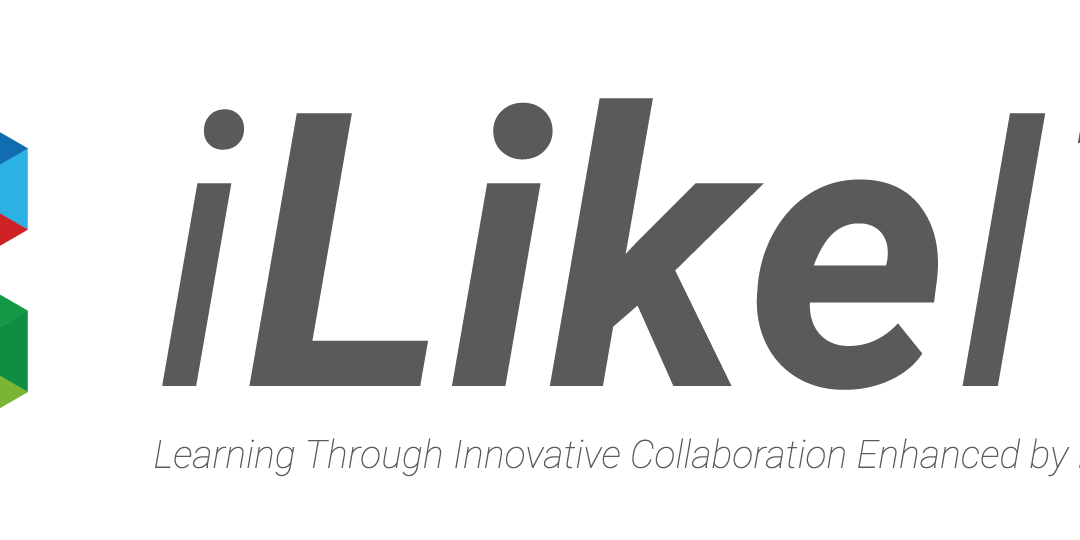In his book Understanding Media: The extensions of Man, Marshall McLuhan (1964) coins the phrase “The medium is the message”, thus shifting the focus of attention from the content of technology towards the technological artefact itself. This shift is interesting. Etymologically technology derives from the Greek word «techné», meaning artwork, and “logi”, the science of, but the way technology is used today is a more modern variety, dating back to the end of the eighteenth century and even more commonly during and after the industrial revolution. It seems as if the technology is defined in two levels; artefacts, the tools themselves, and the way they are used, lets call it methodology. None of these includes artwork or science in a significant way. Dron Anderson (2011: Three generations of distance education pedagogy) states that “Pedagogy and technology are intertwined in a dance: the technology sets the beat and creates the music, while the pedagogy defines the move.” This might be the statement we need to focus on in order to move beyond the difficulties we face when implementing Educational Technology in a modern classroom.
In my opinion there are three levels of digitalizing a classroom; 1) To actually use the technological artefacts in a sensible way, 2) to use the technology in a methodologically correct way, and 3) to develop technology for methodologically correct use. I would claim that it is when we reach the third level we can claim to have digitalized Education. For now we are (with many exceptions, there are brilliant developers and teachers out there already on level 3) a bit stuck on level 2; we have the music, we know the moves, but we still step on some toes every now and again. Unfortunately, these toes belong to our students, thus we are not providing them with the possible learning outcome new and innovative Educational Technology could provide.
In order to reach level three, we need collaboration between programmers, lecturers/teachers and end-users, i.e. the students themselves. We need programmers that makes everything possible, but still says that there is no need for unicorns flying across the students’ lap-tops even if they want it. But we also need the students asking for unicorns, or at least something that makes the technology exiting, motivating and engaging. These are important aspects of learning, and technology might provide more opportunities for motivational self-studies and engaging discussion both in-class and online. And we need the teacher, the one with knowledge both about curricula and methodology, didactics and assessment, the one that can explain how a response to a case will enhance learning in the whole group, and how the response can be used to create even more learning when threated in a correct way.iLikeIT2 aims at utilizing all of these groups in the development of a new software directed towards collaborative learning in the classroom. If we succeed, we will be dancing with joy, and invite everybody leaning against the wall to join in. Hopefully we get far, at least we look forward to the process.


Recent Comments